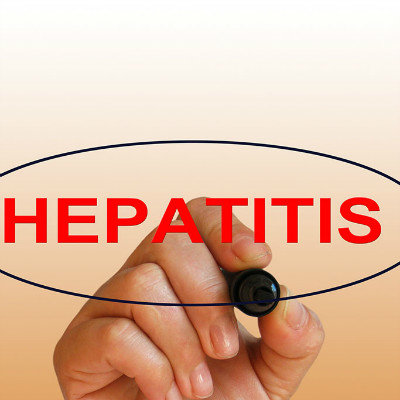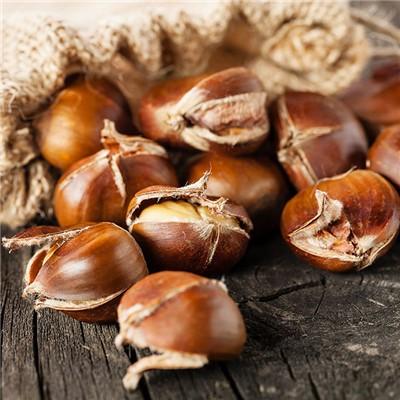How is exophytic bone wart described?
summary
How is exophytic bone wart described? Osteochondroma, also known as exostosis, is the most common benign bone tumor in childhood. The tumor is usually located in one side of the metaphyseal bone cortex, and can be divided into single and multiple osteochondromas. The latter has genetic tendency and affects the development of epiphysis or produces limb deformity, which is called multiple hereditary osteochondromatosis, or diaphyseal sequestration.
How is exophytic bone wart described?
Strictly speaking, osteochondroma is not a tumor, but an abnormal growth, or hamartoma. The tumor has a cartilage cap and a bone tissue protruding from the side of the bone. This disease is also called osteoverruca, and its cause may be from the small cartilage island near the periosteum, or from the epiphyseal plate cartilage.

Cartilaginized bone can occur in all parts, but the long tubular bone of lower limb accounts for 1 / 2, and the lower end of femur and upper end of tibia are the most. Secondly, the upper end of humerus, the lower end of radius and tibia and both ends of fibula were located in the metaphysis, and gradually away from the epiphyseal plate with growth and development. Fat tissue is abundant in the bone marrow of healthy searching in verruca. The growth of verruca depends on the cartilaginization of bone in the deep layer of cartilage cap. When the child is mature, the growth of verruca stops.

Although osteochondroma can grow in any bone with chondrogenic bone, long tubular bone is more common than short bone. Distal femur, proximal tibia and proximal humerus were the most common. Because the tumor does not produce pain, it is often found by touching the mass or X-ray examination. There was no local tenderness. Some produce corresponding symptoms due to compression of blood vessels, nerves and internal organs. It is often found by accident or by chance in X-ray. Most of them have no symptoms. The medial condyloma at the lower end of the femur or the upper end of the tibia may have tendon sliding motion, and the pain will be felt only after the tumor is directly impacted or the pedicle is fractured. When the tumor is large, it can compress the nerve, and the verruca of lumbar spine can produce the compression symptom of cauda equina nerve. Foot and ankle lumps can make walking and shoes difficult. Some may be complicated with bursitis or bursitis.

matters needing attention
Vitamin C and E are other anti-tumor substances. They can prevent the harm of carcinogens such as nitrosamine in food. Vitamin C can protect sperm from genetic damage and reduce the risk of leukemia, kidney cancer and brain tumor in their offspring. Vitamin E can reduce the risk of skin cancer, vitamin E and vitamin C have the same anti-tumor effect, it is the scavenger of antitoxin and free radical. The combined application of vitamin A, C and E can protect the body against toxin better than single application.











